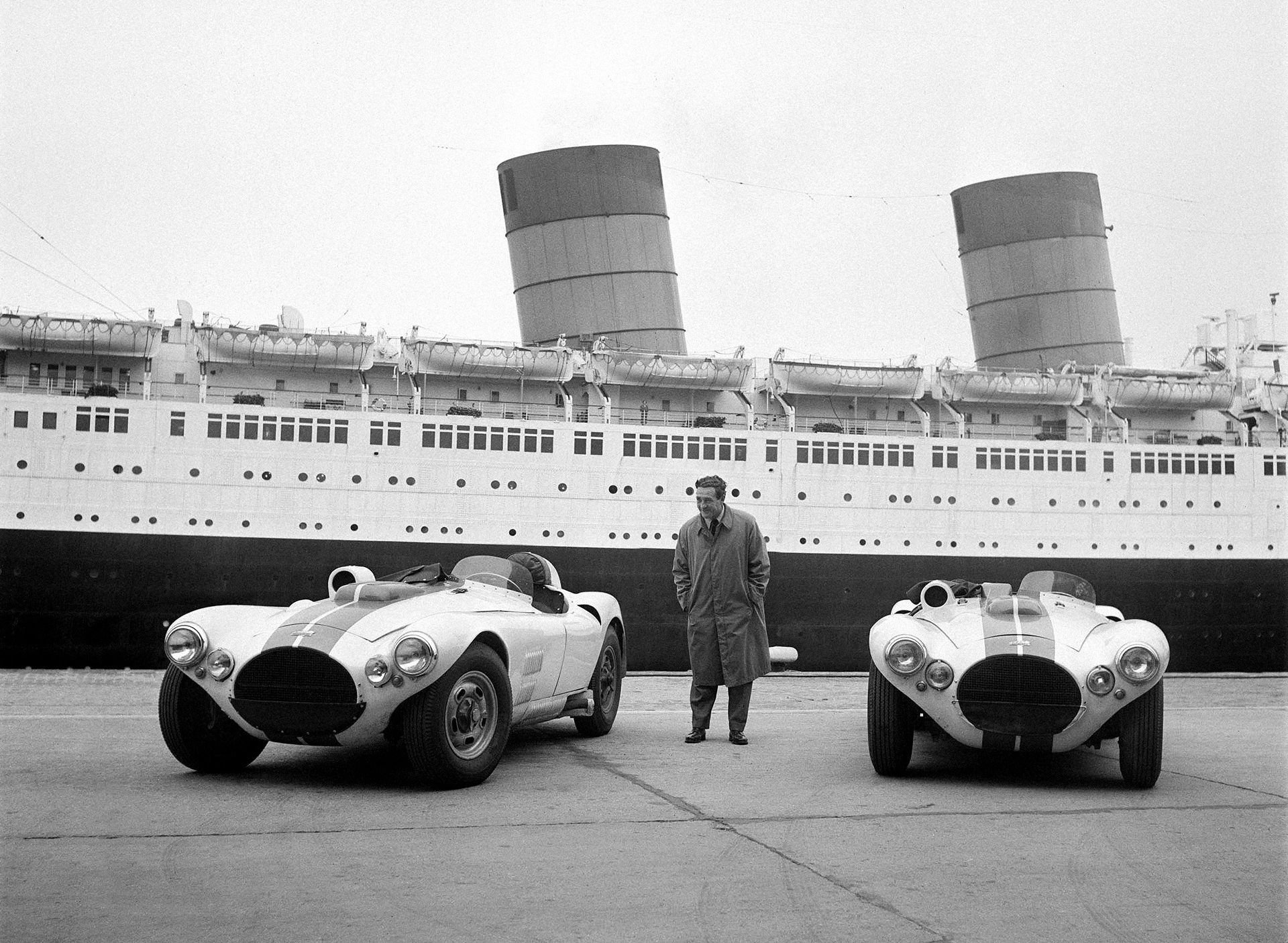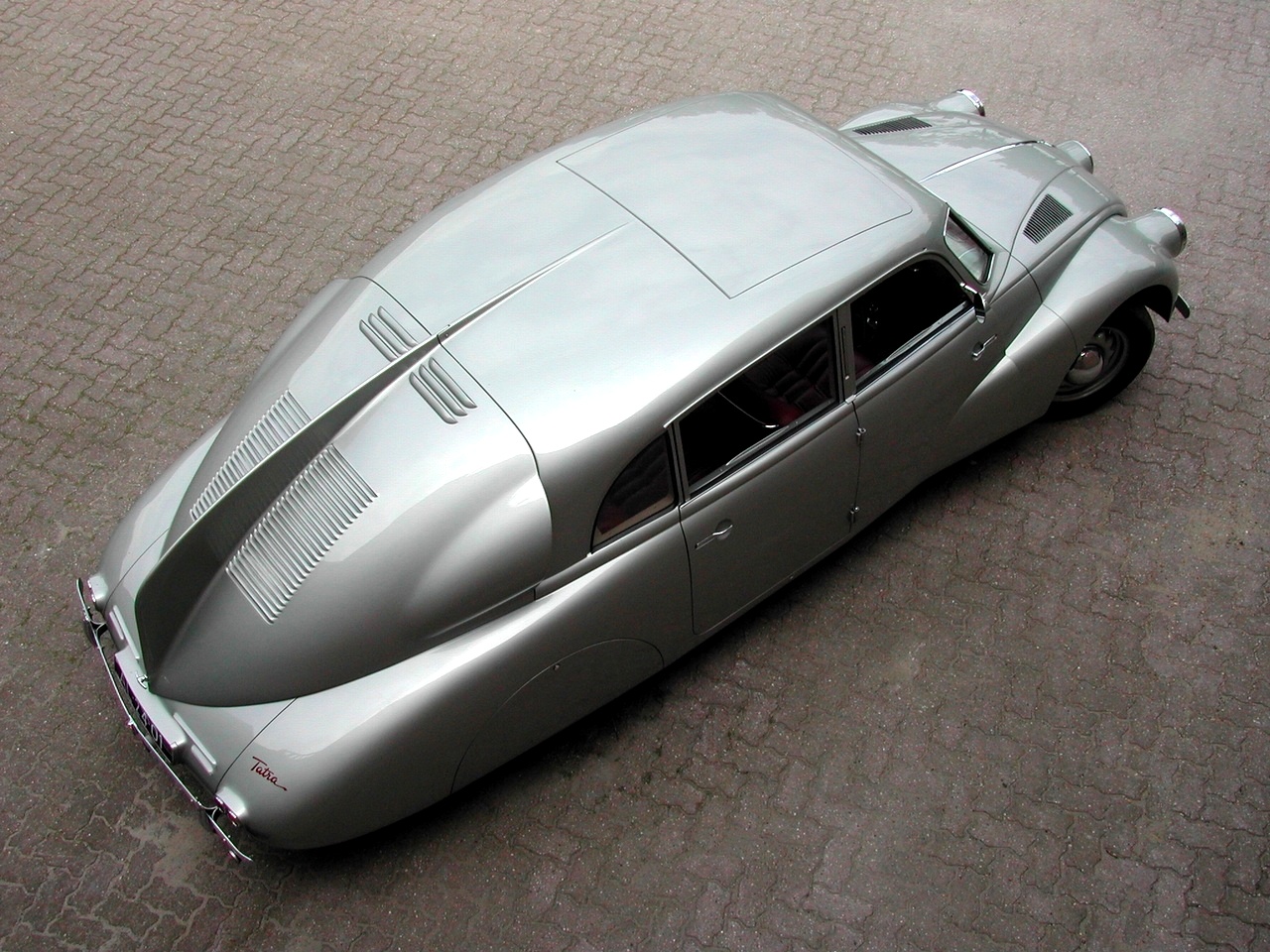Drivers Becoming Constructors: Briggs Swift Cunningham
24 August 2024 2 min read 7 images

Photo credit: Revs Institute, Wheelsage
The name Cunningham is synonymous with a love for motorsports and the ambition of its founder to emerge victorious at the 24 Hours of Le Mans with both American cars and drivers. This fervour played an integral role in the life of Briggs Swift Cunningham II, who hailed from a wealthy family in Cincinnati, Ohio. Cunningham's passion for racing prompted him to not only become a skilled driver but also briefly dabble in the art of automobile construction.
Register to unlock this article
Signing up is free and gives you access to hundreds of articles and additional benefits. See what’s included in your free membership. See what's included in your free membership.
Already have an account? Log In


